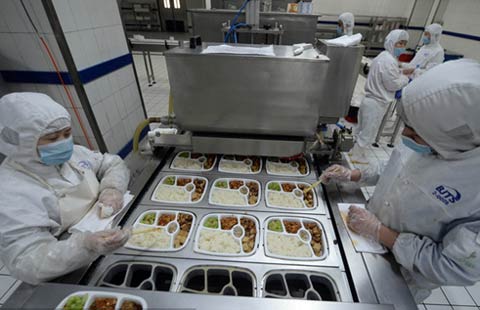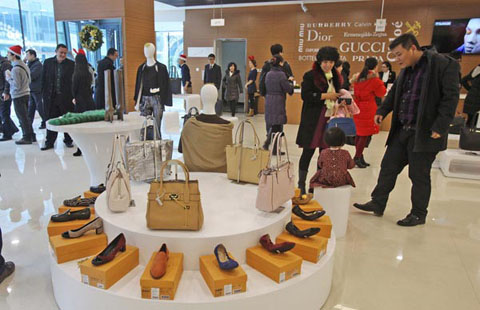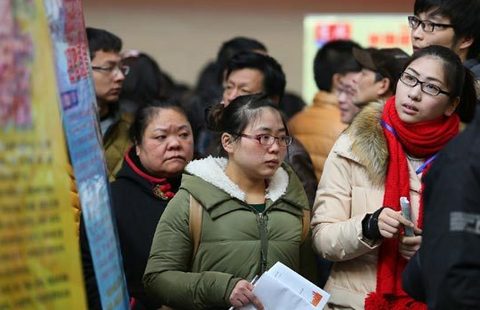Russian dual-screen YotaPhone places big bet on China
(Agencies) Updated: 2015-02-12 10:09Martynov said Yota was betting its unique dual-screen features and localized content would distinguish it from other high-end phones running Google's Android software, while selling at somewhat lower prices than rival premium-priced phones.
Data from market research firm IDC showed Yota shipped only 109,000 phones in the five quarters ending in December. Russia received 55 percent, Central and Eastern Europe took 26 percent, but shipments to Western Europe and elsewhere were tiny.
“The problem with Yota is that it looks like an interesting concept," IDC mobile analyst Francisco Jeronimo said of the dual-screen. "But when we started playing around with the latest model, we asked ourselves whether we really needed two screens.”
Yota is 25.1 percent-owned by Russian state conglomerate Rostec, while Telconet Capital, a fund backed by Russian technology entrepreneurs, has a 74.9 percent stake.
Related story:
10 trends within China's smartphone industry in 2015 by Dai Tian, chinadaily.com.cn
China's smartphone market will likely see a single-digit growth in 2015 after years of fast expansion, with total sales of 450 million, according to a latest industry consultancy report.
Research firm IDC expects smartphone sales in the largest market to grow 19.9 percent year-on-year in 2014, and 7.8 percent in 2015.
"As the market reaches its capacity, it will begin to shift from new-user driven to replacement driven. That's why a single-digit growth this year is not hard to understand," said Yan Zhanmeng, senior mobile analyst at IDC China in the report.
China is expected to sell one third of world's smartphones this year, with its sales tripling the US at the second place, according to the consultancy. However, 2015 will be its first year with a single-digit growth since 2009.
Let's take a look at the 10 major trends compiled by the IDC that will likely theme China's smartphone industry in 2015.
10. Sales channels vary among different cities
Purchasing cellphone online is becoming more and more common for customers in first- and second-tier cities, where e-commerce plays a dominant role in daily sales. However, cellphone shops run by local operators are still efficient to serve vast regions among fifth- and sixth- tier cities.
 |
|
A college student and part-time shop attendant recommends cellphones to customers in Wen County, Henan province, July 24, 2014. [Photo/IC] |
- Chinese Premier calls for better industry standards
- Cheaper oil has limited impact on lifting Chinese economy: Moody's
- Russian dual-screen YotaPhone places big bet on China
- Baidu revenue falls short of estimates as customers go mobile
- China's machinery trade surplus hits record
- Tianjin's 'green city' plans taking shape
- CICC may raise $1b from stock offering in Hong Kong
- 'Qualcomm fine' shadow looms over trade talks

















